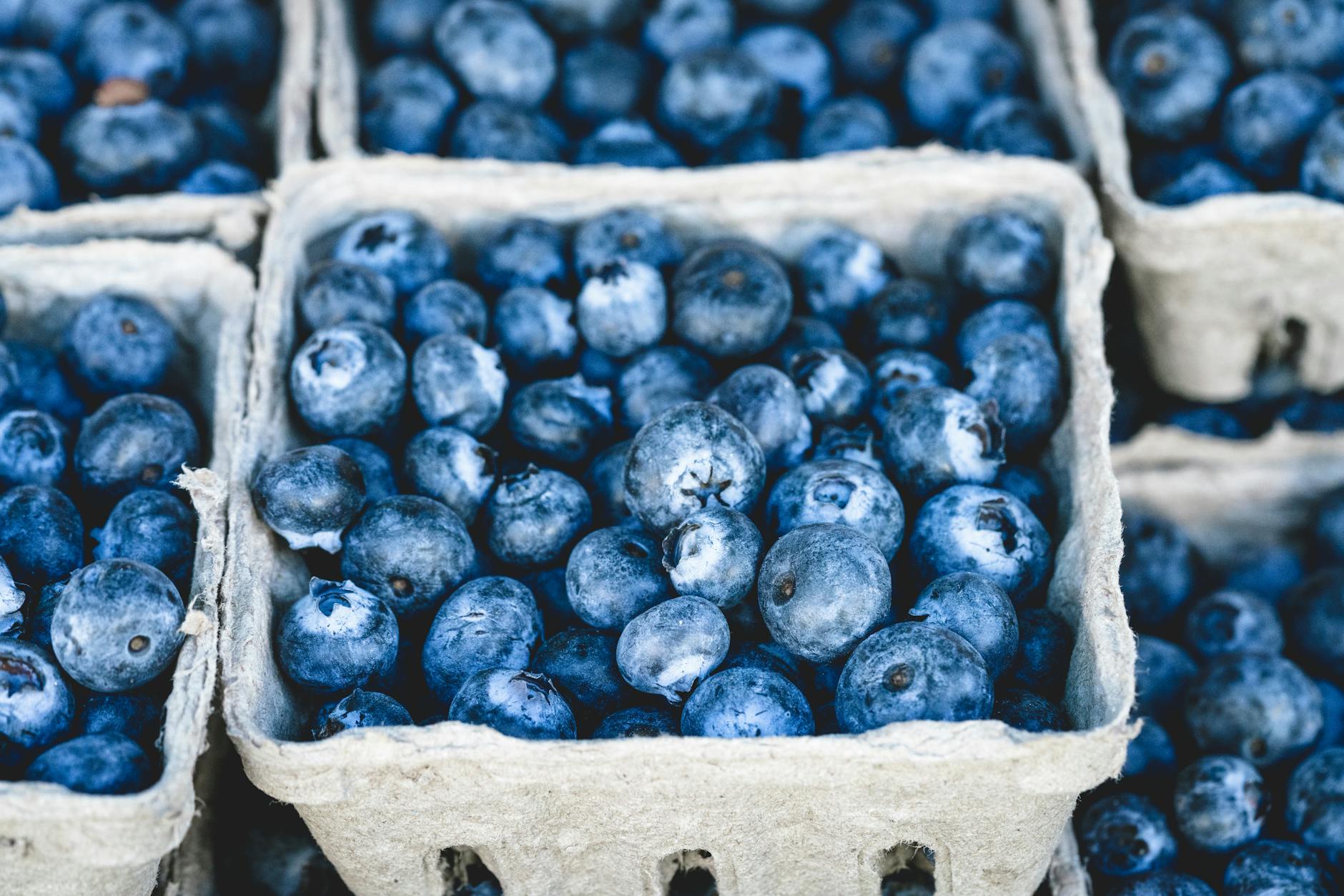Marijuana, or cannabis, has been consumed by humans for thousands of years. While ancient cultures did not understand the science behind it, they were well aware of its medicinal and spiritual applications. Current scientific research now allows us a greater understanding of how the different methods of cannabis consumption affect our bodies and minds.
One of the most common and traditional methods of cannabis consumption is smoking. Smoking allows the cannabinoids like THC and CBD to enter your bloodstream immediately, providing an almost instantaneous effect. However, the downside is that the smoke inhaled can potentially damage your lungs and throat (source).
Consequently, vaping, the act of inhaling vaporized cannabis, is considered a healthier alternative to smoking. It delivers cannabinoids directly to your bloodstream, similar to smoking, but without the harmful byproducts. Vaping cannabis can be more potent than smoking, though, requiring less product for the same effect – largely due to its higher bioavailability.
Edibles – foods and candies infused with cannabis – provide another popular route of consumption. The effects from edibles are very different from smoking or vaping because your body processes the cannabinoids in your digestive system, meaning the high takes longer to kick in but lasts longer and can potentially be more potent (source). Edibles offering a controlled dosage of THC and CBD allow for a more predictable and manageable experience, especially for those new to cannabis consumption.
Tinctures, another method of cannabis intake, are alcohol-based cannabis extracts that can be taken directly or added to a drink. They go to work quickly, but not as rapidly as smoking or vaping – usually taking effect within about 15 minutes. Unlike edibles, tinctures don’t have to be digested to feel their effects. Tinctures are to be given in drops, making it easy to control the dosage accurately.
Topicals, on the other hand, offer the healing benefits of cannabis without producing a traditional ‘high.’ Typically, these include cannabis-infused lotions, balms, oils, and creams that can be applied directly to the skin for localized relief of pain, inflammation, and other symptoms (source). However, since the skin acts as a protective barrier, the bioavailability of topicals is typically lower than that of other consumption methods.
Regardless of the method of cannabis consumption, different strains and plant types can influence the effects. Cannabis is primarily split into two strains: Cannabis Sativa and Cannabis Indica, each providing different therapeutic effects. Many products also combine THC and CBD in different ratios to help users achieve their desired effect (source) .
While cannabis has been legalized for recreational use in numerous states and for medicinal use even more widely, its effects can still be unpredictable, and misuse can lead to negative consequences. The massive range in products available and diverse forms of cannabis consumption allow individuals to find what works best for their personal needs. It is however crucial, that you start with low doses, especially with edibles, tinctures, and other ingestible products, and gradually increase the amount until you find what works best for you.
More than ever, it is crucial to be well-educated about the manifold methods of cannabis consumption and their accompanying effects in order to make informed decisions that ensure safety and satisfaction. Remember, everyone’s body reacts differently to cannabis, and what works well for one person may not work the same for another.

